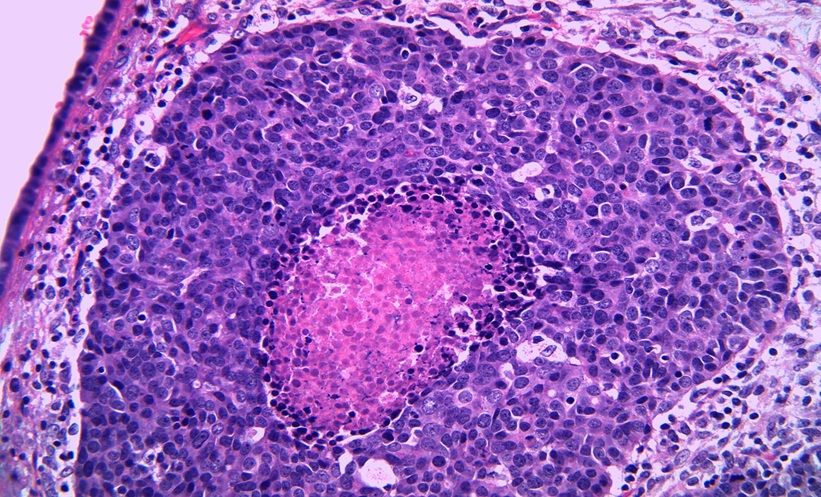NOVEL DNA sequencing device has been identified as a potential tool to increase the speed and efficacy of the treatment of urinary tract infections (UTIs). The device is able to characterise bacteria in urine samples four times faster than traditional culturing methods.
UTIs are one of the most common conditions for which antibiotics are prescribed. Though many UTIs remain mild, only affecting the lower urinary tract, ‘ascending’ UTIs are more problematic and may lead to hospitalisation, especially in elderly patients. In particularly bad cases, bacteria may enter the bloodstream, leading to a condition known as urosepsis, which can be fatal. To treat UTIs, doctors currently prescribe a broad range of antibiotics that target the bacteria most likely to be responsible, whilst they wait for laboratory results to identify the specific type and resistance genes of the bacteria. This takes 2 days, but allows for more effective treatment. However, this method represents poor antibiotic stewardship; the initial blanket approach contributes to the issue of increasing antibiotic resistance, and provides inadequate treatment for infections that require more specific antibiotics. It is therefore essential to improve the current method of treating UTIs.
Researchers based at the University of East Anglia (UEA) have now used Nanopore MinION, a small DNA sequencing device from Oxford Nanopore Technologies, to efficiently investigate UTIs without culturing bacteria in a lab. MinION uses nanopore sequencing to detect bacteria in heavily infected urine, and is able to provide the bacteria’s DNA sequence within just 12 hours – a quarter of the time needed in conventional microbiology. Dr Justin O’Grady, Norwich Medical School, UEA, Norwich, UK, stated: “This technology is rapid and capable not only of identifying the bacteria in UTIs, but also detecting drug resistance at the point of clinical need.” The type of bacteria and resistance genes identified by MinION matched resistance profiles found by conventional laboratory testing. Fast results like these will improve treatment speed and efficacy, and allow better management of valuable antibiotics.
So far this method only works with heavily-infected urine and cannot yet predict resistances that arise by mutations (rather than by acquisition of new resistance genes), so there are still challenges to overcome. However, the technology is developing fast and this novel approach provides a promising method for improving the treatment of UTIs.
(Image: freeimages.com)







